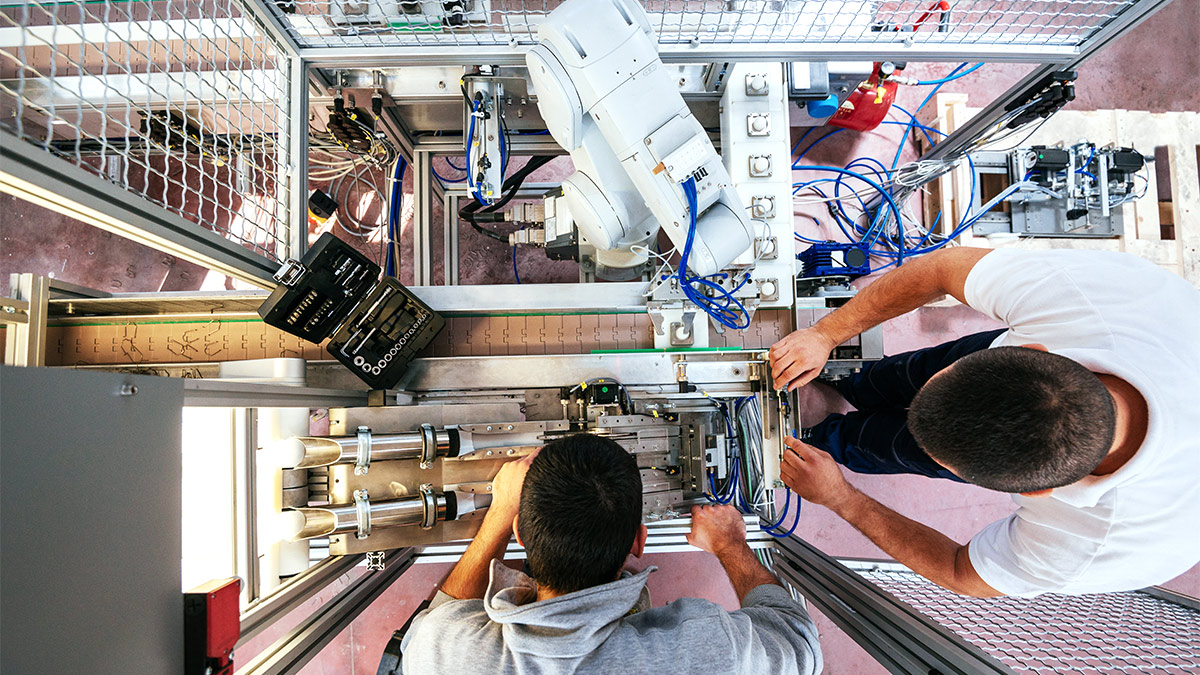There’s an unspoken belief that the biggest players in accounting always lead the way on tech adoption. They have the resources, the people, and the pull with software vendors. But lately, mid-sized firms have been slipping into the lead, adopting automation tools and AI-driven platforms at a pace that’s making some of the industry’s heavyweights look slow on the uptake. The shift isn’t happening because smaller outfits suddenly have deeper pockets. It’s happening because they’re more agile, less bogged down by legacy systems, and—frankly—less likely to get lost in their own red tape.
These firms are rewriting what efficiency looks like in day-to-day accounting. They’re using automation not just to speed up existing processes but to reimagine the entire flow of client work, from onboarding to reporting. In some cases, they’re even testing out tools before the vendors have rolled them out broadly, giving them a jump on optimization. What’s emerging is a new kind of competition, one built on the idea that speed and flexibility can sometimes outdo sheer size.
Breaking The Old Playbook
For decades, large firms leaned on the same core processes because they worked well enough. Standardization was their advantage—everyone on the same systems, with the same training, producing the same output. But that advantage becomes a limitation when the market shifts as quickly as it’s doing now. Cloud-native startups are releasing software updates weekly. AI integrations are getting smarter month by month. Waiting for a multi-year tech overhaul before making changes simply isn’t an option anymore.
Mid-sized firms have an edge here because they don’t need twelve committees and six regional approvals to try something new. If a partner sees a piece of software that cuts reconciliations in half, they can test it in a matter of weeks, not years. That speed means they’re constantly cycling through small improvements, and the cumulative effect is massive. It’s not about chasing every shiny tool that comes along—it’s about moving quickly when the benefits are clear.
In some firms, the old “if it’s not broken, don’t fix it” mindset is giving way to “if it could be faster, fix it.” That subtle shift has been enough to turn once-steady mid-tier players into quiet disruptors.
The New Tools Driving The Shift
Accounting software is no longer just about digitizing paperwork. It’s becoming predictive, adaptive, and tailored to client needs in ways that would’ve sounded like marketing fluff a few years ago. Now, those capabilities are tangible, and the firms that jump on them early are reaping the benefits.
Automated data capture, for example, is saving teams hours of manual entry each week. AI-driven analytics are pointing out irregularities before a human even starts reviewing a report. Even small innovations, like secure client portals with integrated messaging, are reshaping how accountants communicate and share documents. And while large firms are often still piloting such features in one department before rolling them out, smaller firms have them running across the board in months.
That difference in rollout speed is where mid-sized firms have really pulled ahead. They’re not just buying software; they’re embedding it deeply into workflows so it becomes second nature. And with the explosion of tax tech tools that can handle everything from filing reminders to cross-border compliance checks, smaller firms are suddenly looking just as sophisticated as their much larger competitors—sometimes more so.
The Flexibility Factor
The ability to adapt on the fly isn’t just about speed. It’s about making tech decisions without being shackled to long-standing vendor contracts or unwieldy internal systems. Mid-sized firms often run leaner tech stacks, which means they can swap out a piece of software without triggering a months-long chain reaction across other platforms.
This agility has also opened the door for them to experiment with service models that used to be out of reach. Offering part-time or specialized finance leadership is one example. With the help of collaborative platforms and shared dashboards, they can now provide high-level insights without putting a full-time CFO on the payroll. This is where fractional accounting has taken off, giving clients a taste of executive-level strategy without the executive-level cost. For many businesses, that’s the sweet spot between DIY bookkeeping and an expensive in-house hire.
Even better, because these services are tech-enabled, they can scale up or down without breaking the model. A client might start with quarterly oversight and ramp up to monthly reporting as they grow, all within the same system. That kind of elasticity just isn’t as common in bigger firms, where changing the service menu can mean retraining hundreds of employees.
Culture As A Competitive Edge
Technology alone doesn’t explain why mid-sized firms are making moves. Culture plays a huge role. In firms where decision-making is closer to the front lines, ideas don’t have to crawl through layers of hierarchy before action is taken. Staff who spot inefficiencies often have a direct path to proposing solutions, and leadership can green-light changes faster.
That sense of ownership also makes adoption smoother. In a smaller environment, when new tech rolls out, it’s easier to tailor training to how the team actually works. People see the benefits sooner, which means they’re less resistant to change. The end result is not just faster adoption, but better integration—technology that feels like it belongs rather than a top-down directive.
It’s not that larger firms can’t build this kind of culture; it’s just that size makes it harder. For mid-tier firms, it’s their default setting, and right now it’s paying off.
Where This Momentum Leads
If mid-sized firms keep capitalizing on this moment, they may permanently shift how clients choose accounting services. The old assumption that bigger means more advanced is already showing cracks. Businesses that value speed, flexibility, and personalized service are finding they can get all three without going to the biggest name in the market.
The next wave of automation is likely to deepen this trend. As AI and machine learning get better at handling complex tasks—like interpreting regulatory changes in real time—being the first to implement those capabilities will matter more than having the largest headcount. And right now, mid-sized firms are proving they can be first.
The accounting landscape is often slow to change, but technology is compressing timelines whether firms are ready or not. The ones embracing that pace, without getting lost in it, are building something more durable than a temporary lead. They’re showing that progress in this industry doesn’t always start at the top—it can start anywhere, as long as someone’s willing to move when the door opens.



































